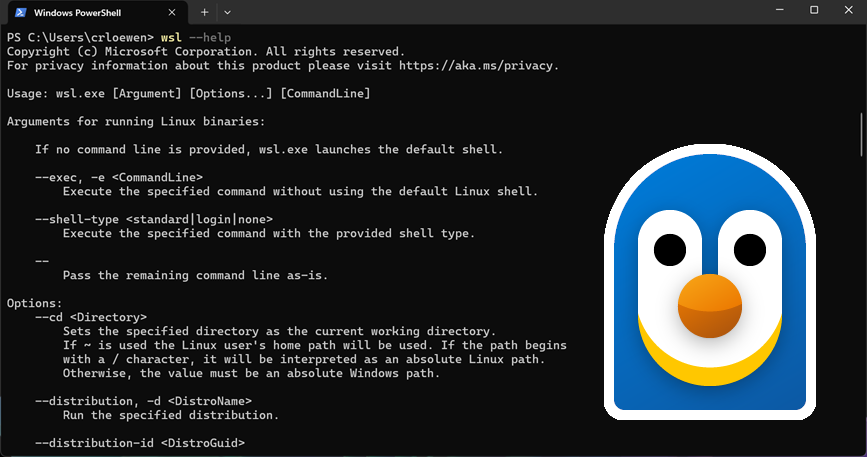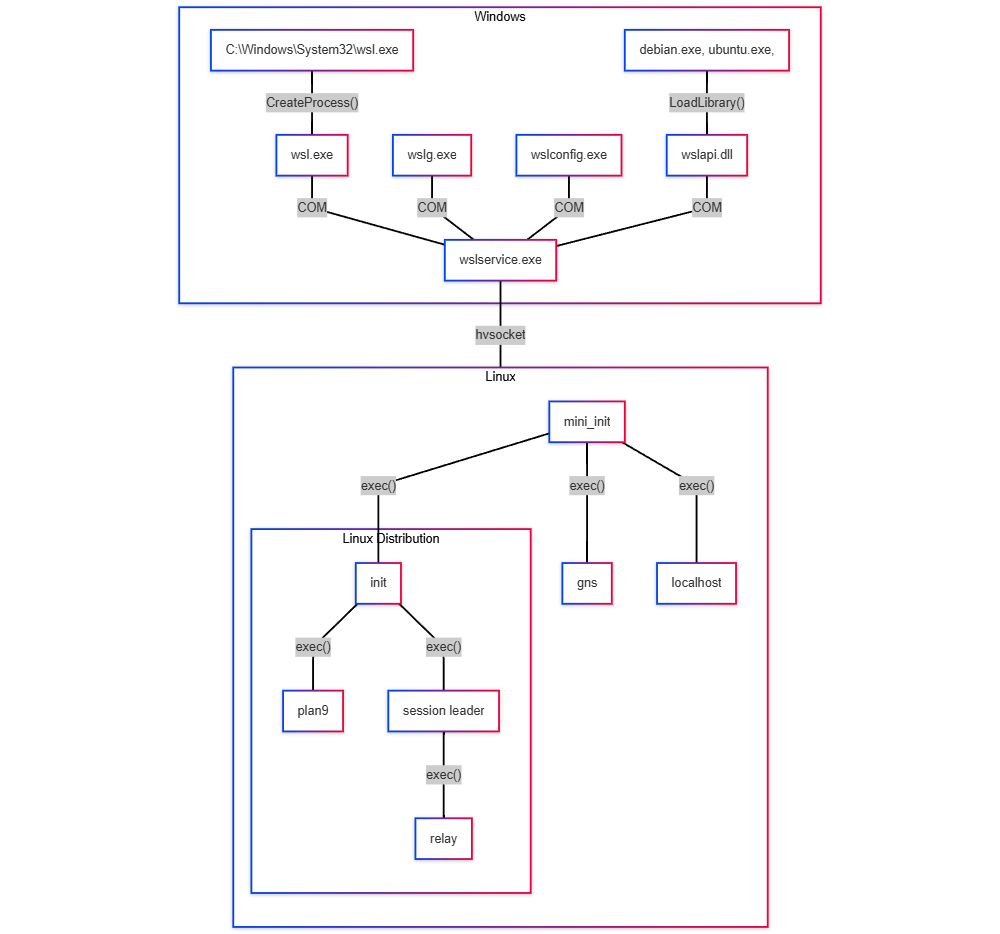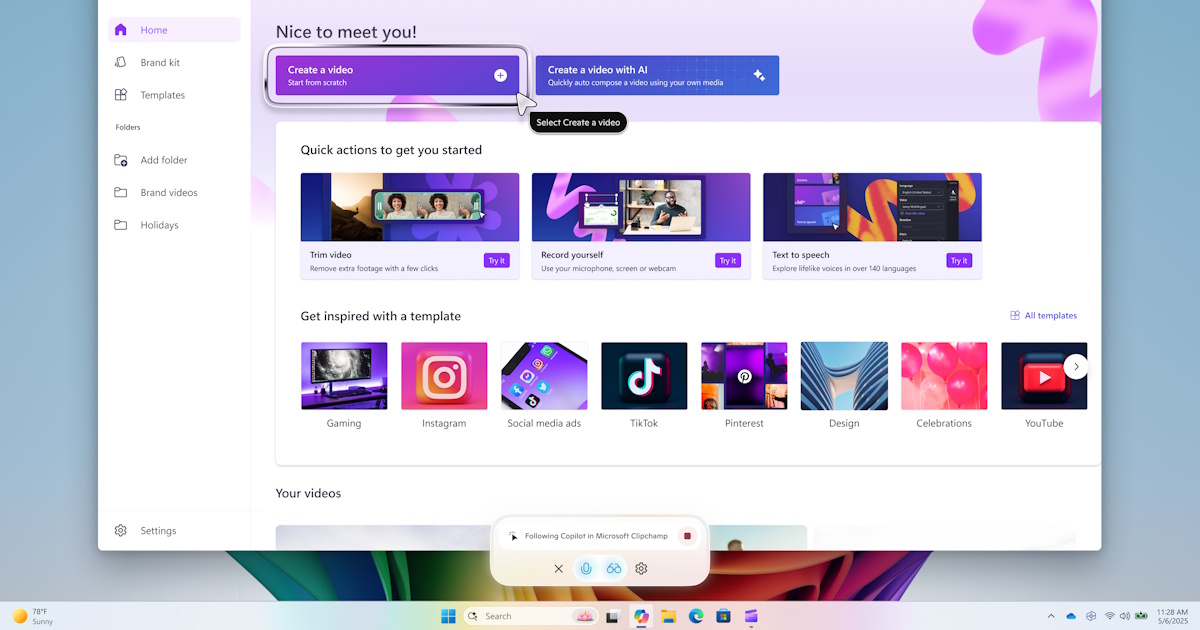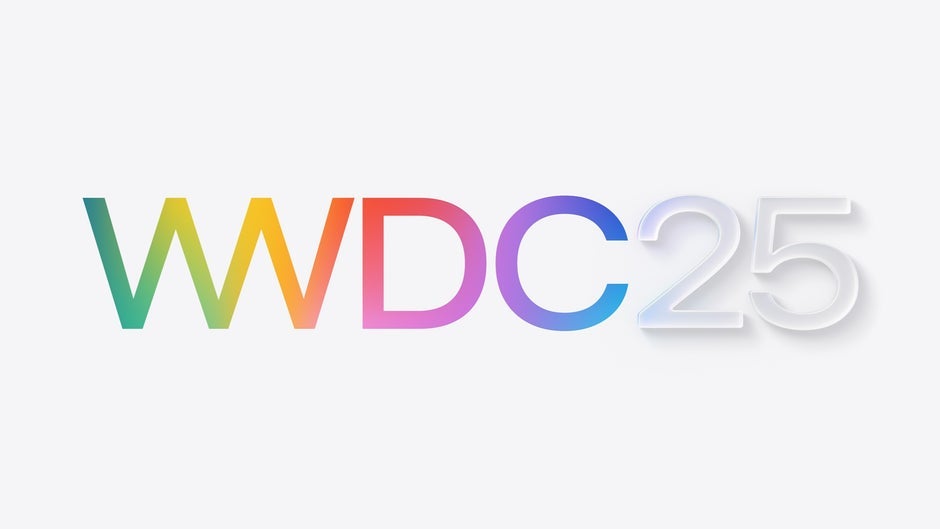The Windows Subsystem for Linux is now open source
Today we’re very excited to announce the open-source release of the Windows Subsystem for Linux. This is the result of a multiyear effort to prepare for this, and a great closure to the first ever issue raised on the Microsoft/WSL repo: The Windows Subsystem for Linux is now open source appeared first on Windows Blog.

Today we’re very excited to announce the open-source release of the Windows Subsystem for Linux. This is the result of a multiyear effort to prepare for this, and a great closure to the first ever issue raised on the Microsoft/WSL repo: Will this be Open Source? · Issue #1 · microsoft/WSL.
That means that the code that powers WSL is now available on GitHub at Microsoft/WSL and open sourced to the community! You can download WSL and build it from source, add new fixes and features and participate in WSL’s active development.
 WSL's code can be broken up into these main areas:
WSL's code can be broken up into these main areas:
WSL component overview
WSL is made of a set of distribution components. Some run in Windows, and some run inside the WSL 2 virtual machine. Here’s an overview of WSL’s architecture: WSL's code can be broken up into these main areas:
WSL's code can be broken up into these main areas:
- Command line executables that are the entry points to interact with WSL
- wsl.exe, wslconfig.exe and wslg.exe
- The WSL service that starts the WSL VM, starts distros, mounts file access shares and more
- wslservice.exe
- Linux init and daemon processes, binaries that run in Linux to provide WSL functionality
- init for start up, gns for networking, localhost for port forwarding, etc.
- File sharing Linux files to Windows with WSL's plan9 server implementation
- plan9
- Lxcore.sys, the kernel side driver that powers WSL 1
- P9rdr.sys and p9np.dll, which runs the “\\wsl.localhost” filesystem redirection (from Windows to Linux)






